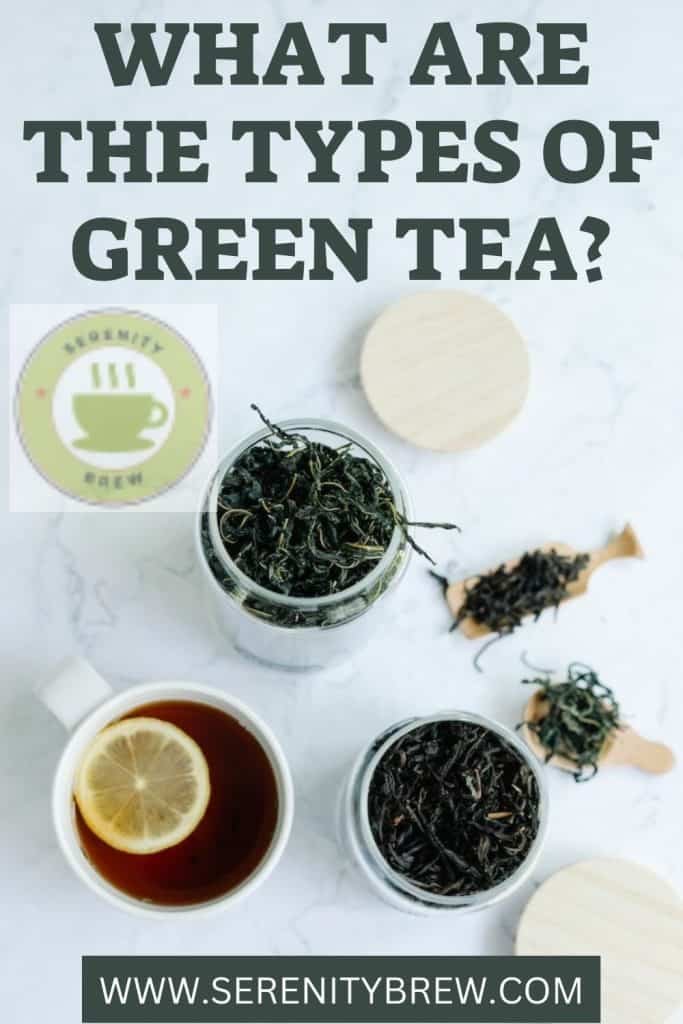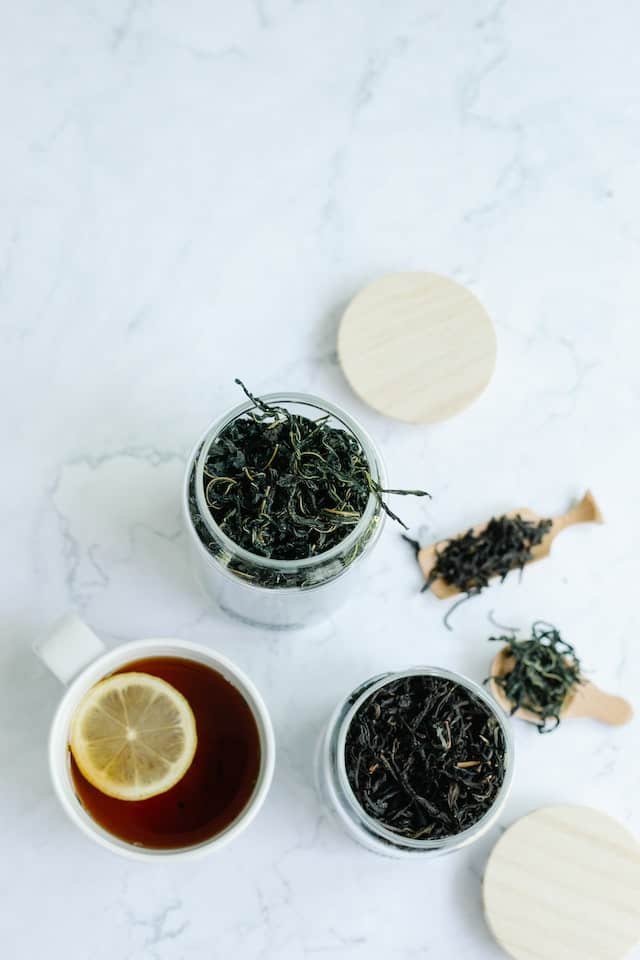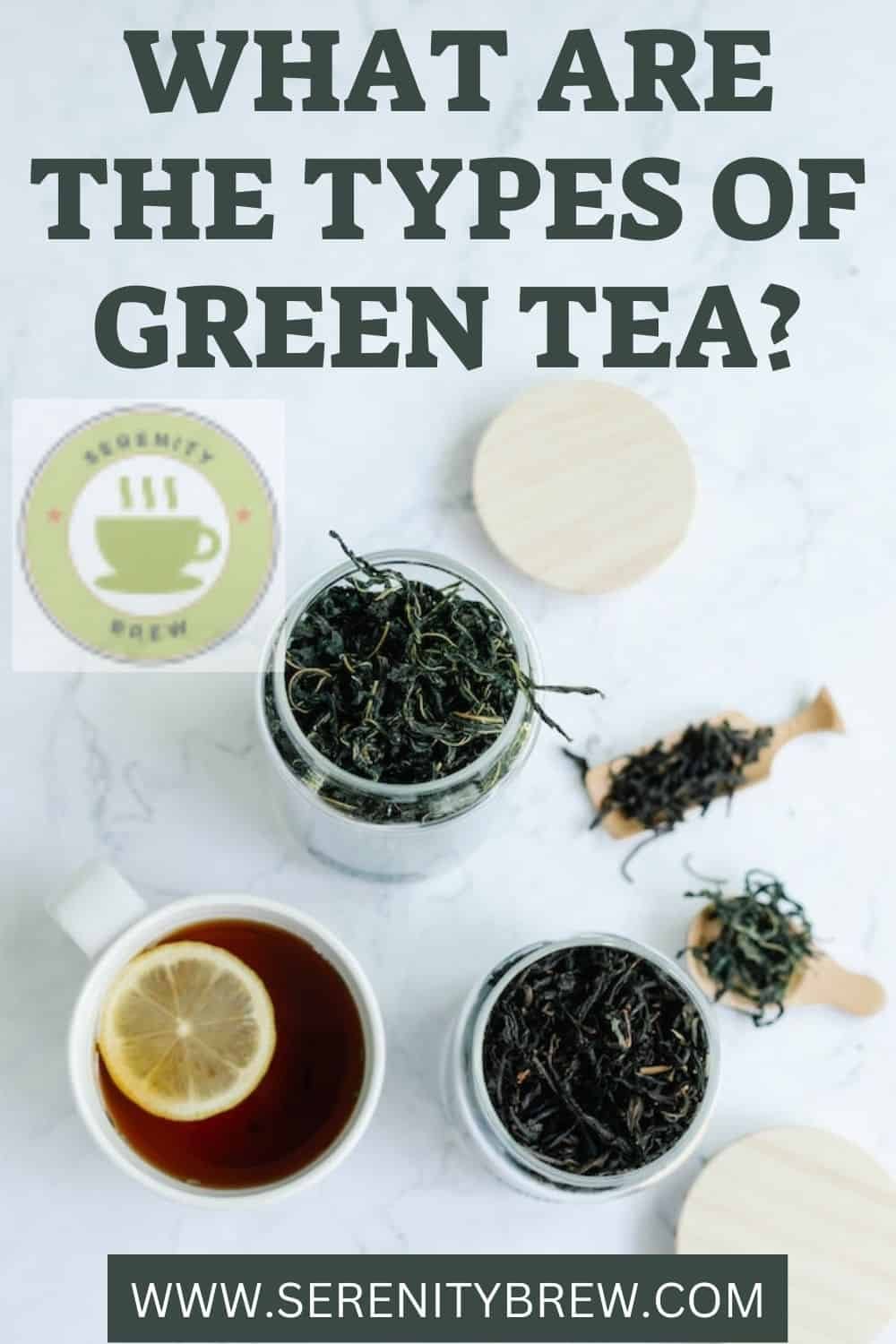What are the types of Green Tea?

If you are just starting out in the pleasure of tasting varieties of teas, it is likely that you have started by incorporating green tea into your daily life . For something it is the most consumed in the world.
It’s not that green tea is “better” than other types of tea: each has its qualities. But a good green tea is characterized by being sweet and fresh like a glass of good white wine, invigorating like a cold shower and warm like a spring day.
And just like white wine, green tea is not a unique drink: several types of green tea can be found on the market, from cheap varieties to premium qualities that are marketed especially in Asia for very demanding palates.
TELL ME WHERE YOU COME FROM AND I WILL TELL YOU HOW MUCH YOU ARE WORTH
Like all varieties of tea, green tea is obtained from the leaves of the Camellia sinensis shrub and, like bananas and avocados, these leaves begin to darken as soon as they are harvested from simple exposure to air.
To obtain green tea, this oxidation process is stopped by applying heat, in ovens or steam currents, until the leaves are dry, then they are rolled, cooled and vacuum packed.
According to the temperatures applied, the time of harvest and the selection of leaves by machines or by hand, the quality of green tea, its flavor and nutrients can vary greatly. But what really makes the difference is where it is grown : the climate, the altitude and the type of soil in that area.
Some teas are so famous and prized that merchants can charge astronomical prices for them. In general, green tea grown from high mountain areas is considered superior and costs more than that grown near sea level. The cool, humid mountain air and temperature fluctuations make the tea deeply nuanced and flavorful.
Distant regions and high mountain peaks also play a role in something else: they are further away from polluted cities. Clean air is a vital ingredient in good tea and ensures higher quality.
China and Japan are the producers of the best quality green tea, and to get to know a little more about the alternatives, we mention the most frequent varieties that can be found in a tea shop. The two large groups of green tea refer to their origin:
JAPANESE GREEN TEAS:
Green tea is so common in Japan that when you ask for “a tea”, they understand that you are asking for a “green tea”. There are several qualities:
Sencha (roasted tea):
It is the typical Japanese green tea, the best known and the one that is drunk daily throughout Japan. It is cultivated especially in the Kyoto region and in full sun. It is economical, since it is processed in the simplest and fastest way: applying steam to the freshly harvested leaves. It has a slightly saline taste and a very subtle bitter tone. Its aroma is reminiscent of pine trees. It is most likely the variety of tea that you have been buying and drinking every day.
Fukamushi Sencha or Ryocucha (steamed tea):
It is of the same origin as the previous one, but in this case the steam application is longer. As a result, green tea has a more intense flavor and the strands are darker. The astringent sensation left on the palate when drinking common Sencha green tea is eliminated.
Gyokuro (Jade Dew):
Of a paler color than the previous ones, it has a less astringent and sweeter flavor. This is due to the fact that the branches of the bush are covered with special cloth a week before the harvest. By receiving less sun, the production of catechins decreases and the concentration of amino acids increases, hence the changes in color and flavor respectively.
Kabusecha (covered tea):
The new leaves grow in the shade throughout the season, obtaining an even more delicate tea, but darker in color.
Matcha (ground tea):
This green tea is powdered just before packing. It is a high quality tea, and the one used in the famous tea ceremony . It is produced by very old tea trees (may be 100 years old).
Genmaicha (rice tea)
In this case common green tea (Sencha) is mixed in equal proportions with cooked and toasted brown rice grains. The resulting flavor is a mixture of roasted bran and a refreshing background of green tea. Since it has little caffeine, it is widely drunk by children.
Hojicha (fully toasted):
Sencha tea leaves are roasted in a pan at 200 C. Most of the caffeine is removed and the resulting tea is pale and light, ideal for children and the elderly.
Shincha (new tea):
This tea is obtained at the beginning of the season, from the new leaves of the bush. It is sweeter and contains less caffeine. Tradition holds that if it is harvested exactly on the 88th day of the season, by taking it you will enjoy good health all year round.
CHINESE GREEN TEAS:

Being the first to discover tea, the Chinese have many varieties. Some can be very expensive and only available to the wealthier sections of society.
LongJing (Dragon Well):
It is the best quality Chinese tea and therefore the most expensive. It is cultivated in Zhejiang province and if it comes from another region it is considered a crude imitation. The price of real Longjing can be around $500 per pound. The flavor is smooth, but clearly vegetal, of spinach and fresh grass and chestnut. Highly qualified staff picks the newest and softest tea buds at night and early morning. The leaves are roasted in a wok for hours, stirring constantly with bare hands. This process is so traditional that a worker needs several hours to produce just 100 grams of LongJing green tea, hence its high cost.
Also, the season these new shoots occur is only 2-4 weeks out of the year.
Bilochum (snail tea):
It is another Premium green tea, but more accessible than the previous one. When you apply steam to it, the leaves roll up like a snail. It has a fruitier flavor than the previous one and it is also an early harvest.
Gunpower (gunpowder tea):
A green tea priced for the general public, Gunpower is so named not for its effect but for its appearance: the leaves curl up like small grains of gunpowder after being roasted. The color of the tea is olive green, with a sweet and aromatic flavor.
Other popular Chinese green teas are Chung Mee (plum flavored) and Taiping houkui (long-leafed).
You don’t have to travel to Asia to taste these teas. In specialized tea shops you can fill yourself with the exotic aromas and flavors of these green teas, considered the best in the world.

